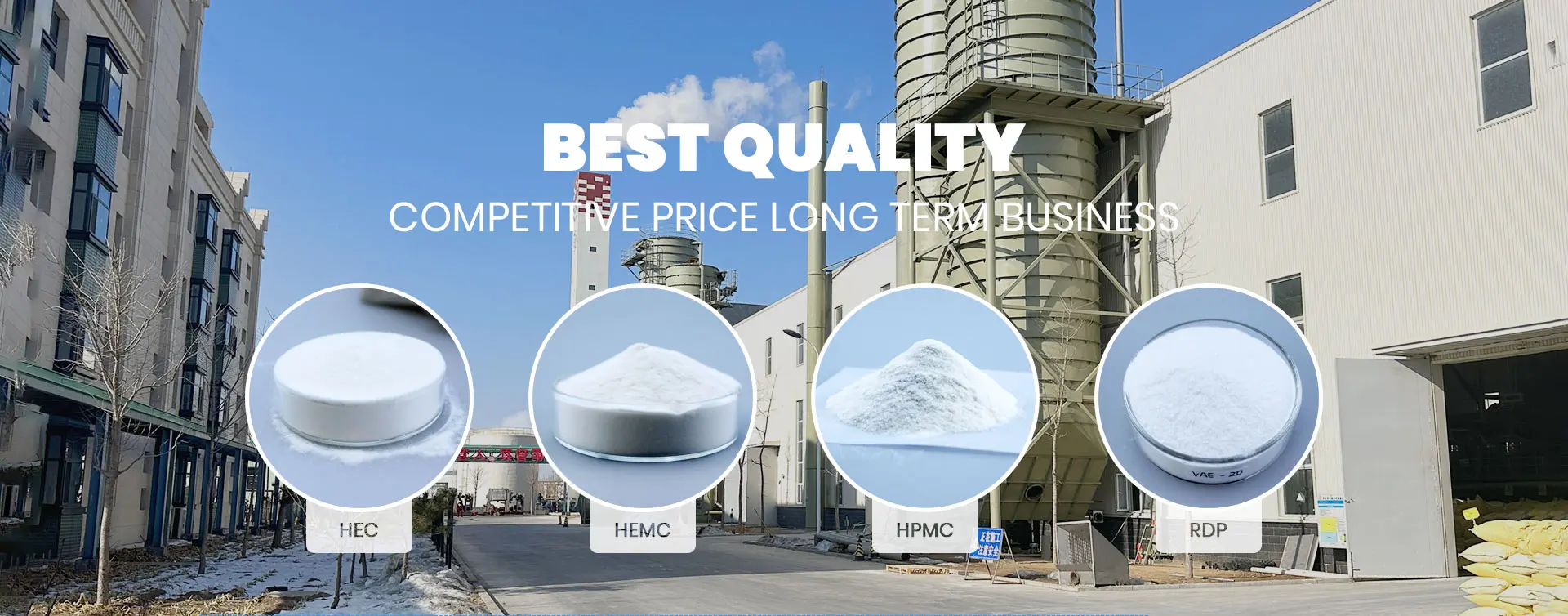
نويابىر . 23, 2024 20:56 Back to list
Exploring Advanced Techniques in High-Performance Computing and Modeling Applications
Exploring HPMC Revolutionizing the Pharmaceutical and Food Industries
Hydroxypropyl Methylcellulose (HPMC) is a versatile cellulose-based polymer that has gained significant attention in various industries, particularly in pharmaceuticals and food processing. Its unique properties, such as solubility in cold water, film-forming ability, and non-ionic nature, make it an ideal candidate for a myriad of applications. This article delves into the characteristics, benefits, and applications of HPMC in different sectors, showcasing its potential to transform product formulations.
What is HPMC?
HPMC is derived from cellulose, which is one of the most abundant natural polymers on Earth. Through a series of chemical processes, cellulose is modified to create hydroxypropyl and methoxy groups, resulting in HPMC. This modification imparts distinctive properties to HPMC, allowing it to exhibit varying degrees of viscosity and solubility. The degree of substitution of the methoxy and hydroxypropyl groups can be adjusted to tailor HPMC for specific applications.
Properties of HPMC
1. Solubility HPMC is soluble in cold water, creating a smooth gel-like solution that is stable over a wide range of pH levels. This property makes it useful in formulations where heat-sensitive ingredients are involved. 2. Thickening Agent As a thickening agent, HPMC provides desirable viscosity to products. This is particularly beneficial in the pharmaceutical and food industries, where consistency is crucial for product quality. 3. Film-Forming HPMC forms a flexible, clear film when dry. This characteristic is essential for applications requiring coatings, such as in drug delivery systems where controlled release is needed.
4. Stability HPMC is resistant to acid and base degradation, which enhances the stability of the products it is incorporated into, extending shelf life.
Applications in Pharmaceuticals
In the pharmaceutical industry, HPMC is primarily used as an excipient—inactive substances that serve as a vehicle for the active ingredient. Its applications include
- Tablet Coatings HPMC is widely used as a coating agent for tablets. Its film-forming ability provides a protective barrier against moisture and enhances aesthetic appeal.
- Controlled Release Formulations HPMC is instrumental in producing controlled-release drug formulations, ensuring that the active ingredients are released over an extended period. This is particularly beneficial for chronic conditions requiring long-term medication.
hpmc

- Suspensions and Emulsions Due to its thickening properties, HPMC is often added to liquid formulations for better texture and stability, making it ideal for suspensions and emulsions.
Applications in the Food Industry
In the food sector, HPMC is increasingly utilized for its multifunctional properties
- Texture Improvement HPMC serves as a thickener and stabilizer in various food products, improving mouthfeel and texture. It is commonly found in sauces, dressings, and bakery products.
- Fat Replacement With the growing trend of health-conscious consumerism, HPMC is used as a fat replacer in reduced-fat foods, providing similar texture and taste without the added calories.
- Gluten-Free Baked Goods For gluten-free formulations, HPMC plays a crucial role in mimicking the structural properties of gluten, providing elasticity and improved texture to baked products.
Environmental and Safety Aspects
One of the notable advantages of HPMC is its relatively low environmental impact. It is non-toxic and biodegradable, making it a safer alternative compared to some synthetic polymers. Moreover, it complies with safety standards set by regulatory authorities such as the FDA, making it suitable for both pharmaceutical and food applications.
Conclusion
Hydroxypropyl Methylcellulose (HPMC) is a remarkable polymer that is making significant strides in both the pharmaceutical and food industries. Its unique properties of solubility, thickening, and film-forming abilities position it as a multifunctional ingredient that caters to a variety of formulations. As industries continue to innovate and evolve, HPMC stands ready to support the development of new products that meet consumer demands for safety, functionality, and sustainability. With ongoing research and advancements in formulation technology, the future of HPMC looks promising, paving the way for healthier, more efficient products across various sectors.
-
Versatile Hpmc Uses in Different Industries
NewsJun.19,2025
-
Redispersible Powder's Role in Enhancing Durability of Construction Products
NewsJun.19,2025
-
Hydroxyethyl Cellulose Applications Driving Green Industrial Processes
NewsJun.19,2025
-
Exploring Different Redispersible Polymer Powder
NewsJun.19,2025
-
Choosing the Right Mortar Bonding Agent
NewsJun.19,2025
-
Applications and Significance of China Hpmc in Modern Industries
NewsJun.19,2025







